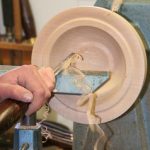A regular series of concerns at the end of any of my classes or lectures issues establishing a turning store. Turning is a unique branch of the woodworking tree, which needs distinct abilities and devices. With that in mind, here are some ideas (and a fast summary) handling what an individual requires in regards to the area and tools to end up being a reliable turner.
Area and Tools Needed
Not a great deal of area is required for a turning store. Just 8 ′ by 8 ′ will do. Into this 64 square feet, you require to fit the standard basics of a lathe, mill, and buffer– the latter being to hone your tools. I do not wish to enter what lathe you need to purchase since that is a conversation in itself. I will state that if you just wish to turn furnishings parts you require 30 ″ in between centers, however, swing and spindle size do not matter quite. It is the opposite if you wish to turn bowls. You do not require much range in between centers, however, swing and spindle size are extremely essential. You require a minimum of 12 ″ of swing and a minimum of a 1 ″ spindle for turning big, heavy bowls.
Lighting is extremely crucial, and some sort of gooseneck light that can be placed anywhere over the lathe bed is close to a requirement. Dust is dangerous, so a dust mask of some sort is an outright requirement. A minimum is a paper mask that can be bought at automobile shops for bodywork. Better is a respirator with paper or perhaps charcoal filters.
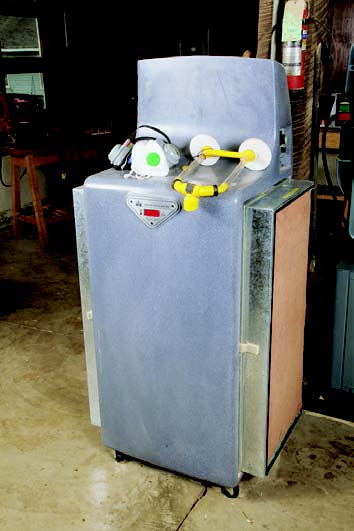
An air purification system is a fantastic financial investment. It filters all the air in my store of great dust and VOCs every 5 minutes.
You will likewise require a workbench and some storage, however, these are quickly developed yourself. The bench does not need to be expensive, simply a strong, level surface area with an economic vise. Drawers and cabinets are the very best storage since they keep dust at bay.
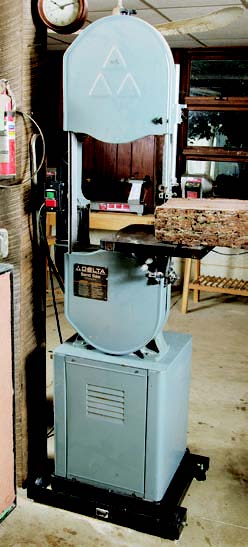
Once your wallet has actually taken in these products, you will desire a band saw to cut billets and bowl blanks. The height of the cut is far more crucial in a turning store band saw than the throat opening (range from the blade to the assistance). You desire a minimum of a 4 ″ depth of cut, with 6 ″ to 10 ″ being preferable. A plug-in electrical drill benefits drilling holes to install deal with faceplates and to drive a mandrel for sanding. If you turn plenty of bowls you may begin dreaming about including a chainsaw in your toolbox, however in the brief run, you can purchase bowl blanks.
Turning Tools
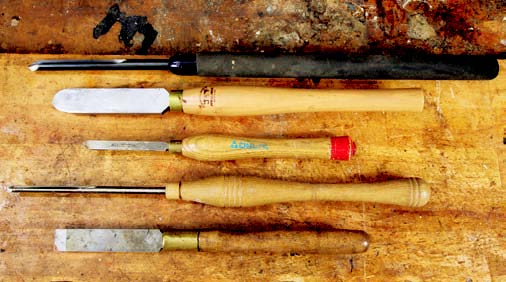
You will require some turning tools for spindle and bowl turning. Sets of tools have fantastic risks. While they appear thrifty, they tend to have an average spindle gouge, an alter that is too narrow for novices, a low-grade parting tool, and redundant scrapers– on reflection, I can not believe of any assets.
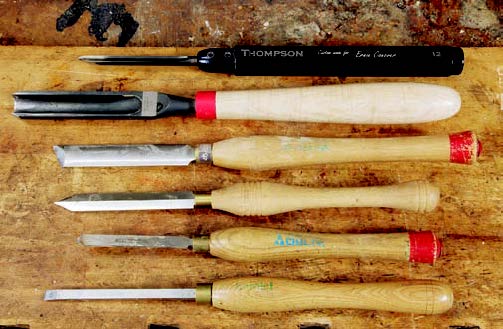
You are far much better off getting excellent quality high-speed steel (HSS )tools, separately, as you can manage them. There are other choices on the marketplace, however, for the beginning, HSS represents the absolute best bang for the dollar.
Lathe Accoutrements
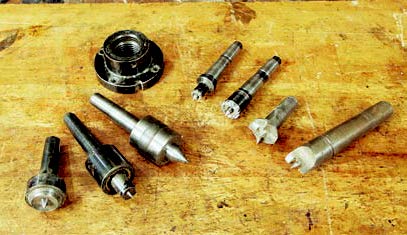
Beyond the lathe, you will require some bits and pieces. Many lathes feature a faceplate, a drive center, and a tailstock center. While the faceplate is normally great, the centers are frequently hardly sufficient. You will wish to change them in the long run. For the headstock, I like Steb centers instead of the typical 2-or 4-prong drive center.
Metalworking supply homes use 60 various live centers that are more affordable (however of much better quality) than a lot of provided by woodturning purveyors. I utilize such centers for whatever however paper-jointed split turnings, which need a cup center. All lathes include a tool-rest or more, however, you might wish to purchase a longer one for spindles and some curved ones if you prepare to concentrate on bowl turning. There are a variety of third-party providers of fairly priced, high quality rests.
Determining and Layout Tools
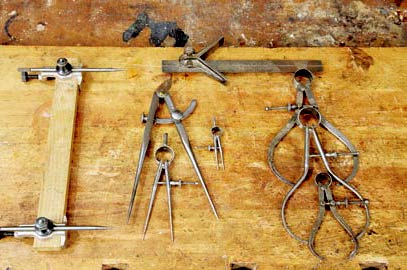
Although I choose a folding wood ruler, measuring tape will work fine. These tools are so inexpensive today I believe you need to purchase both. To begin with, drawing lines in between the corners of square spindle billets will discover the center. Ultimately, you will wish to buy a center finder. Affordable plastic examples are plentiful, however, I like a V-shaped accessory for my mix square. Dividers come in handy for setting out circles, stepping off ranges, and discovering the center of a circle. Calipers are essential in replicating spindles and keeping the walls of bowls uniform.
You will desire a center punch for caving in the centers of spindles for fast and precise chucking. A big nail or a basic center punch will do great, however, an automated center punch is extremely useful, varying in rate from $10 (really functional) to $39 for a Starrett (your grandchildren will utilize it).
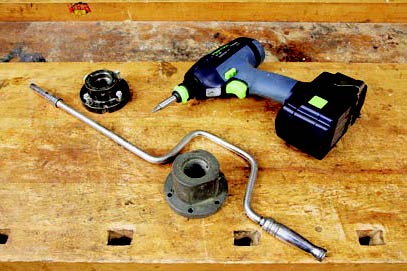
A big set of vise grips, a big wrench, or a plumbing technician’s strap wrench come in handy for getting rid of faceplates from the lathe. Work is connected to faceplates with screws, and typical screwdrivers do not pay for sufficient take advantage of to drive them easily. For that reason, a screw weapon or a crank-like gadget called a speeder is a welcome addition to the store. My trainees hardly ever remove screws with the speeder; they do, frequently, with a screw weapon. I utilize hex head sheet metal screws due to the fact that of the favorable drive I get with either a speeder or a screw weapon.
The Total Shop
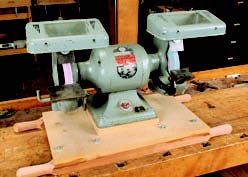
If you discover turning is simply your cup of tea, you will wish to think about including a dust hood or shroud to draw up chips and dust while turning. From this list of “essential” and “great to have” tools, the sky is the limitation!

